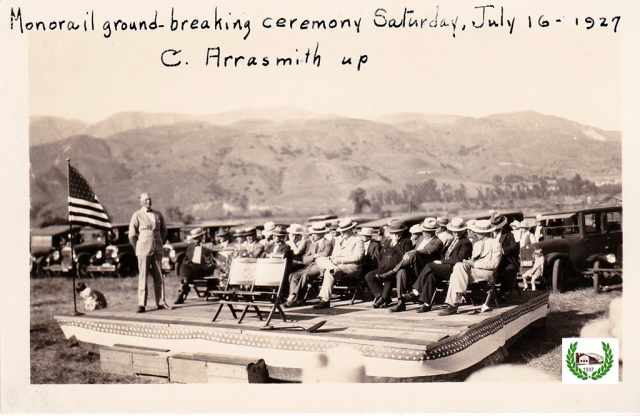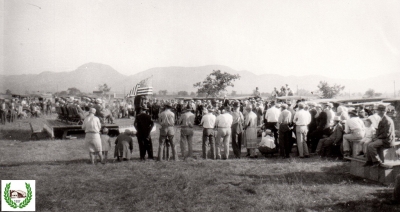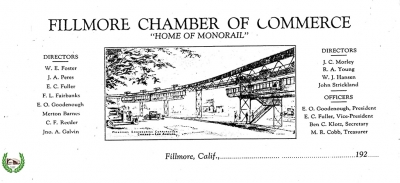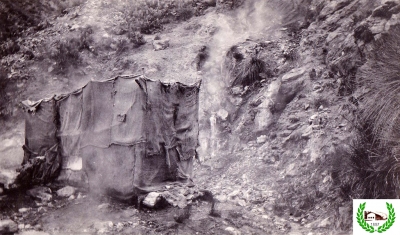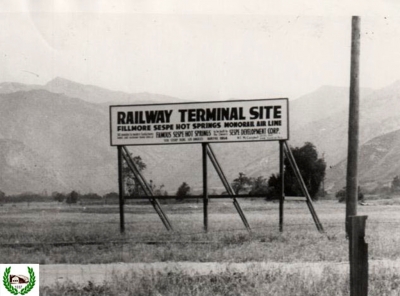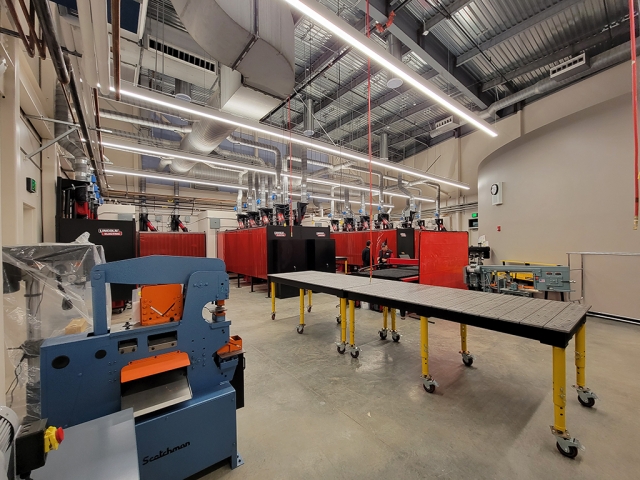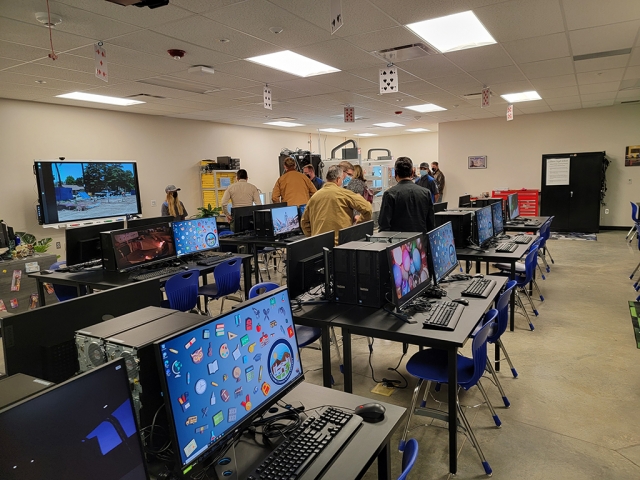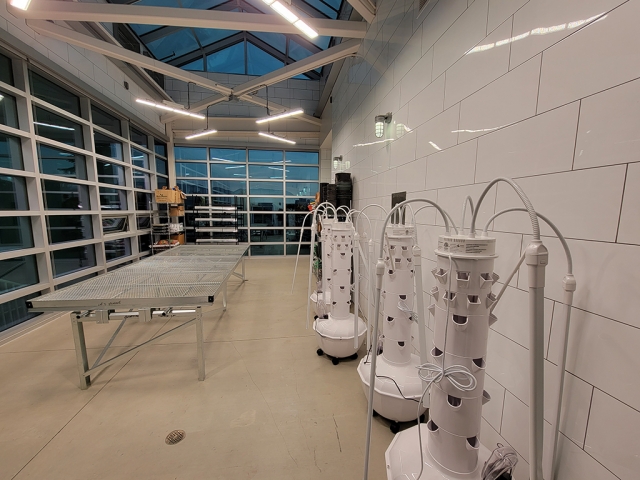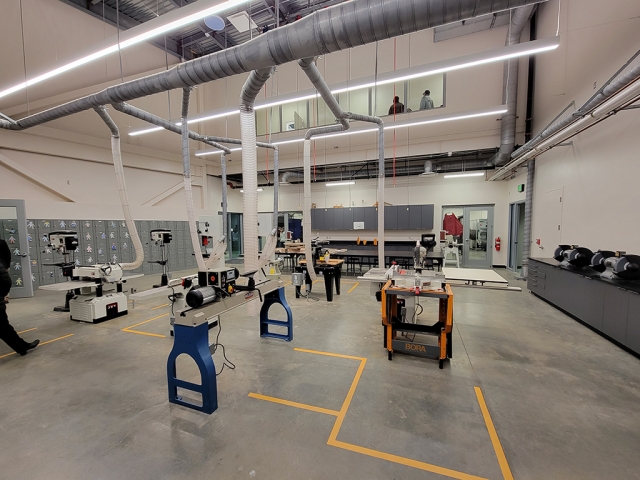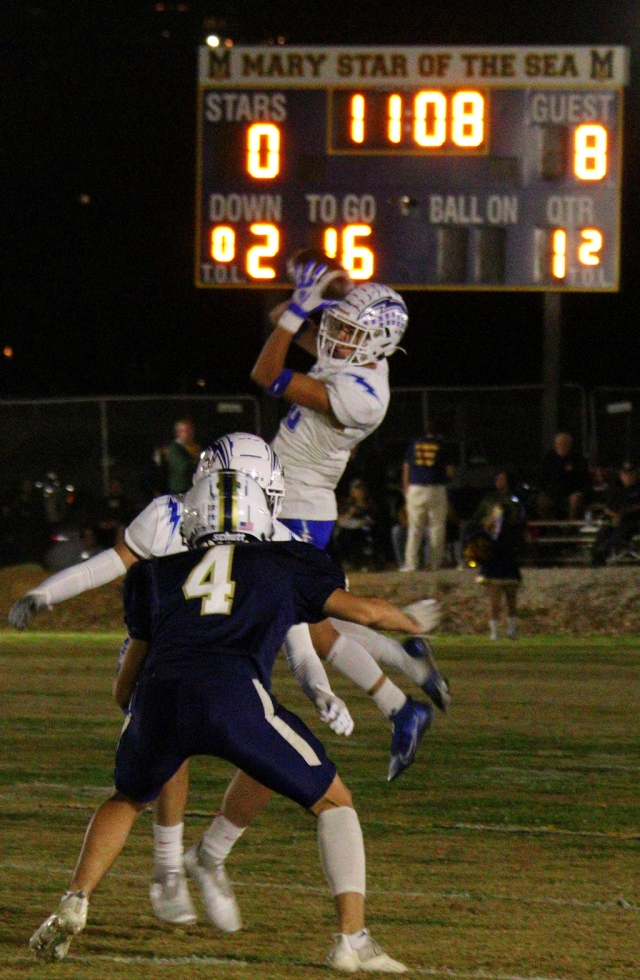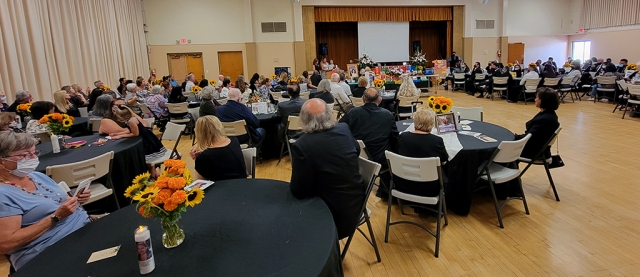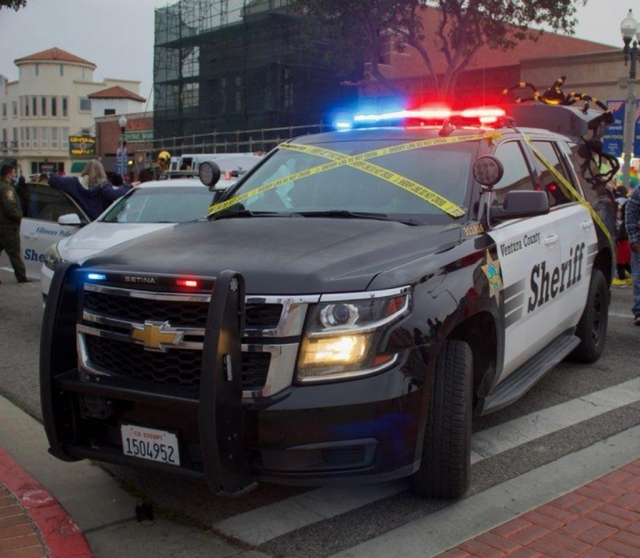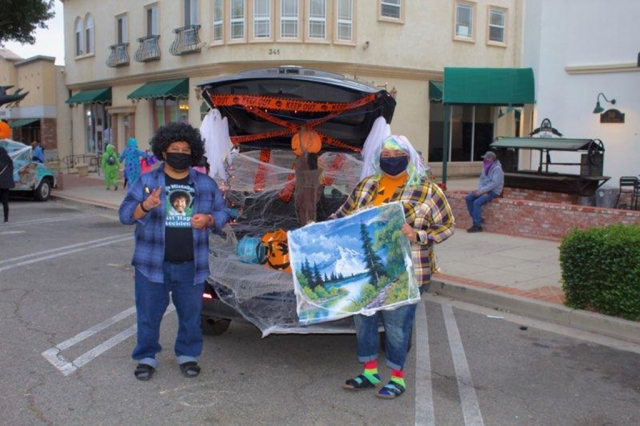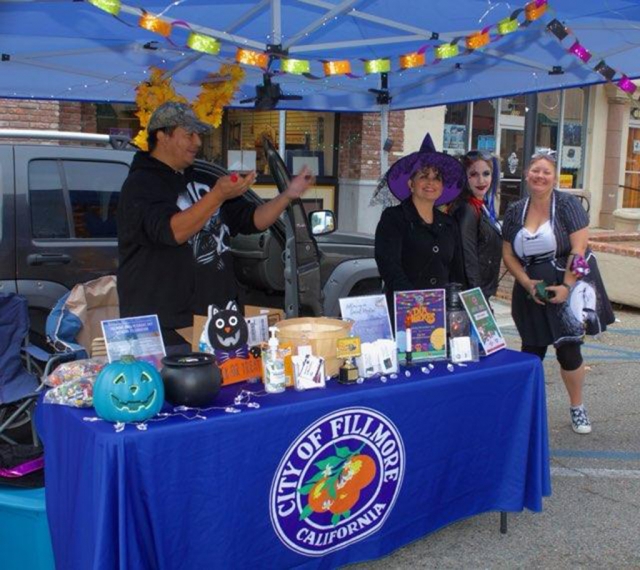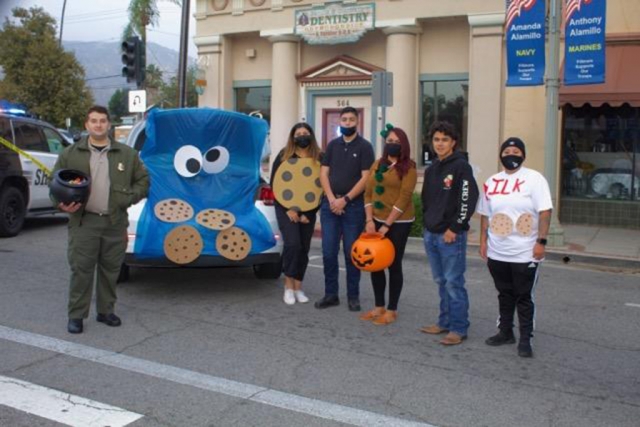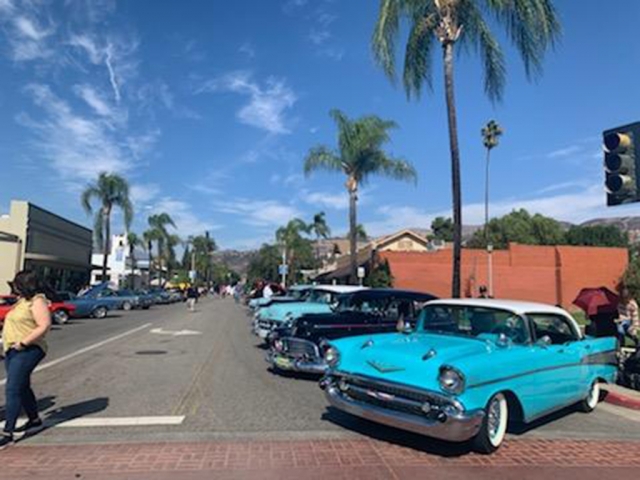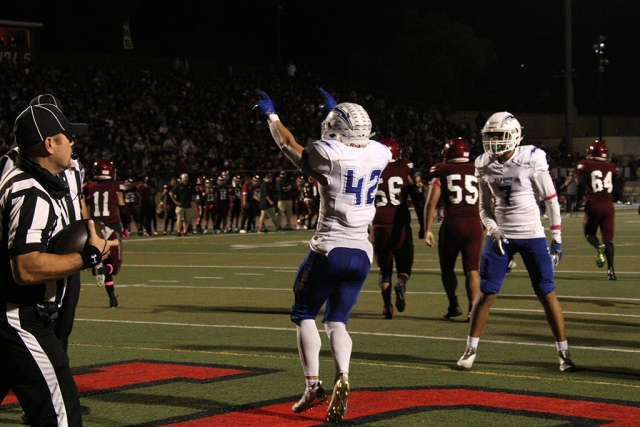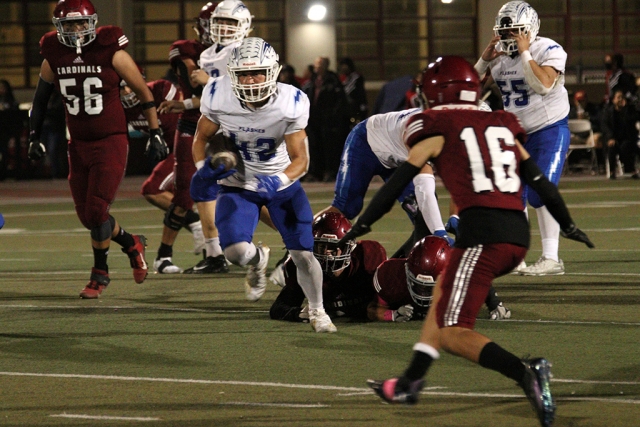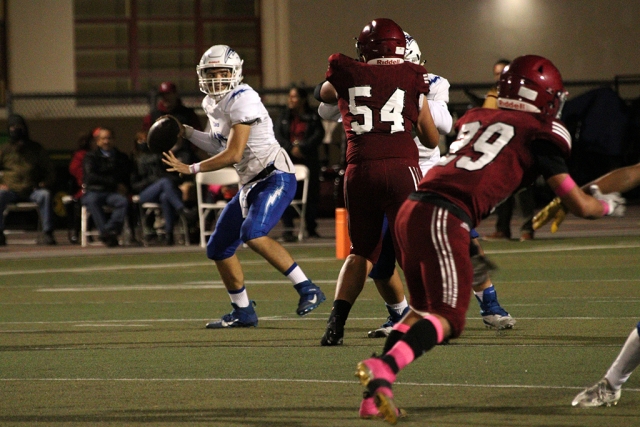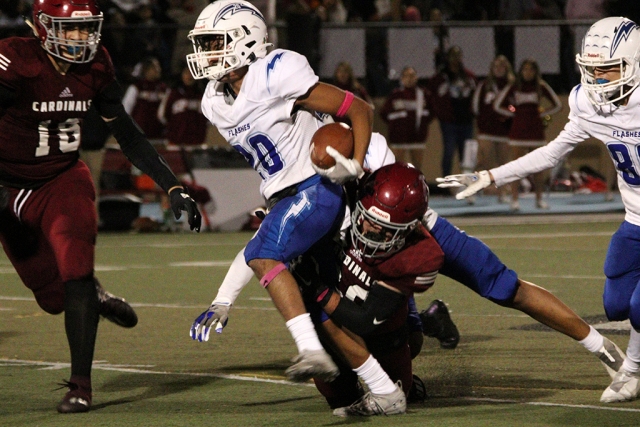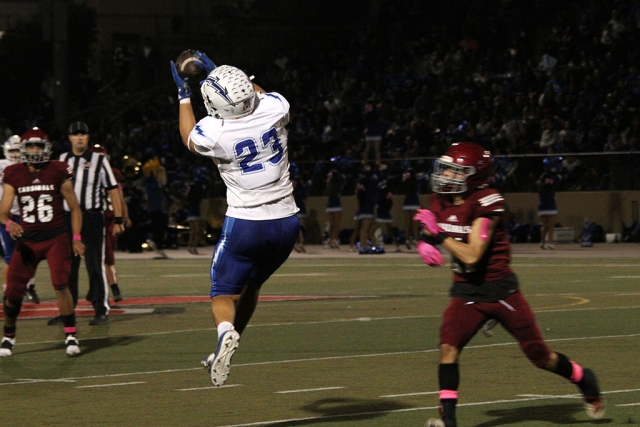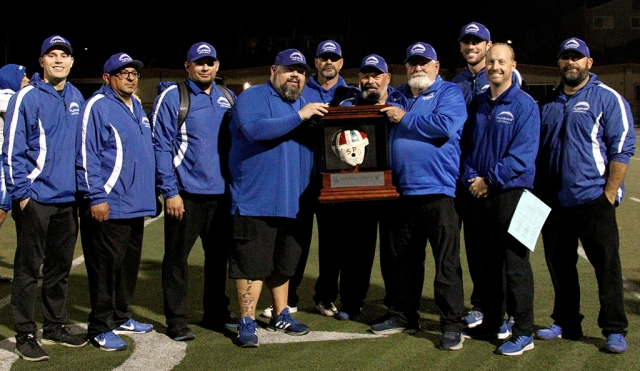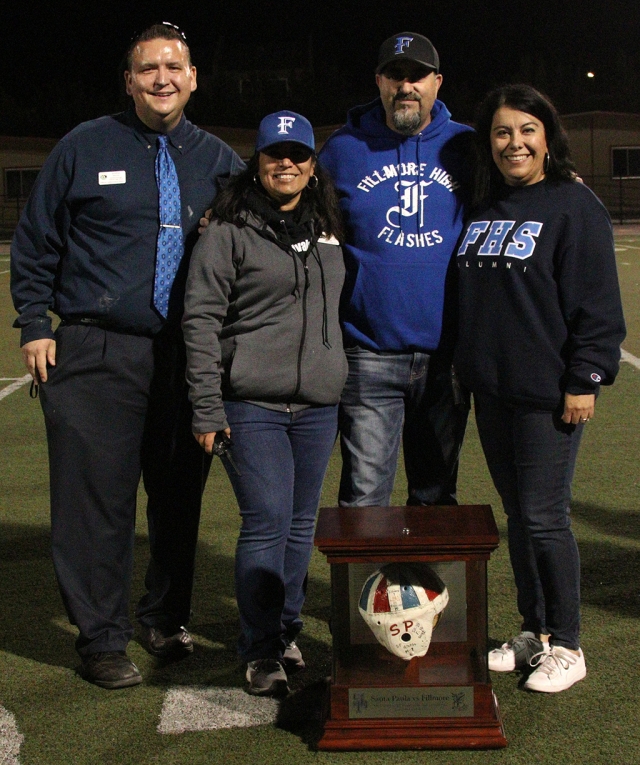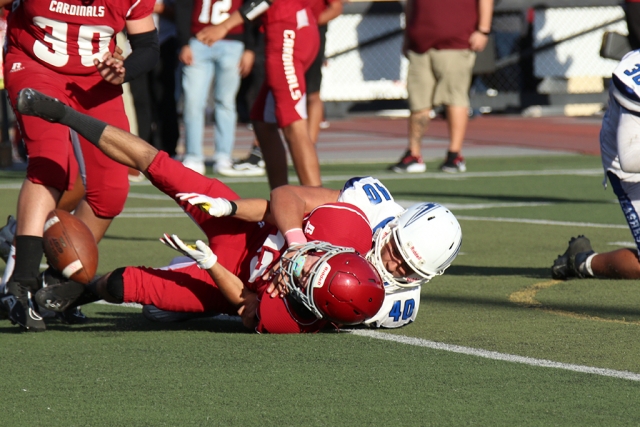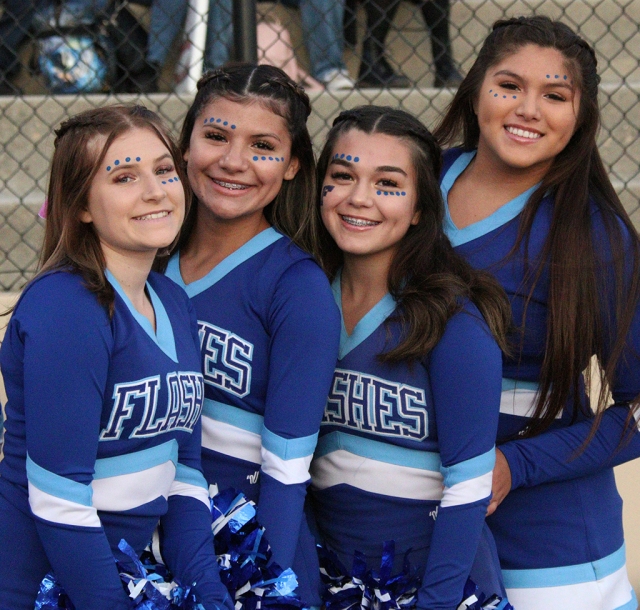|
By Gazette Staff Writers — Wednesday, November 10th, 2021
Dr. Ofelia Romero-Motlagh has written a book, “The Legend of the Romeros, Then and Today,” identifying and celebrating her nineteen-member family from their humble beginnings as farm laborers to their lives as successes. Tragedies to accomplishments are highlighted with reference to historical and cultural nuances and the photographic images accompanying them. If you lived in Fillmore, California, and attended school here the 1950s through the 1970s you probably were acquainted with the Romero children and their parents. The Fillmore Historical Museum will celebrate the Romero family with a book signing featuring Dr. Romero-Motlagh on November 20th, 2021, in the Southern Pacific Depot at 350 Main Street, Fillmore, California, from 1 p.m. to 3 p.m. All are welcome to come to the museum to meet Ofelia and have her autograph her new book. For more information please email the museum at fillmore.museum@gmail.com or telephone 805 524 0948. |
|
By Gazette Staff Writers — Wednesday, November 3rd, 2021
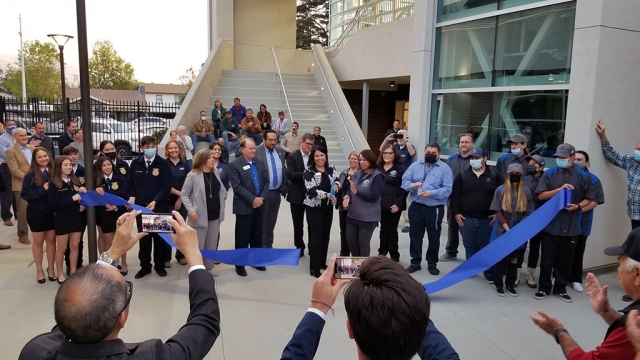 On Monday, November 1st at 5:30pm, Fillmore USD hosted a Grand Opening event for Fillmore High’s new CTE (Career Tech Education) Transportation and Agriculture buildings. Superintendent Christine Schieferle, FUSD School board members, City Council Members, Fillmore FFA and more were all in attendance for the unveiling of the new facilities. Enlarge Photo |
|
By Gazette Staff Writers — Wednesday, November 3rd, 2021
 Last Friday, October 29th, the Flashes defeated San Pedro 46–14. Above are a group of Flashes taking down a San Pedro player. This was a huge win for the Flashes who were invited to participate in the CIF High School Football game. Fillmore High (7-3) vs. Coachella Valley High (8-2); game will be this Friday in Fillmore, 7:00pm start time. Courtesy Fillmore High Alumni Facebook page. Photos courtesy Crystal Gurrola. Enlarge Photo |
|
By Gazette Staff Writers — Wednesday, November 3rd, 2021
 On Friday, October 29th, a vigil was held for Fillmore’s well-loved Ari Larson who passed away back in September. On Saturday, October 30th, a Mass was held in Santa Clarita, and a reception was held at the Fillmore Veterans Memorial Building, filled with people from the community and all over to show their respect for Ari. Enlarge Photo |
|
By Gazette Staff Writers — Wednesday, November 3rd, 2021
The Fillmore City Council has chosen Simone Alex, 47, to fill the seat of Councilwoman Ari Larson who passed away on September 17, 2021. Ms. Alex will be sworn in at the next regular Council meeting, November 9. “I just went for it,” Alex told Ventura Star reporter Wes Woods II. “She has been an actor, writer and producer who has worked in film and television for 25 years, according to her website.” City Manager David Rowlands is reported to have said that Alex’s term “would end after the November 2022 election results are certified.” At that time Alex would have to run for the 2022 election. A relatively new resident of Fillmore, she expressed special interest in increasing our economy and attracting more tourists. She also emphasized that her world travels, having introduced her to many diverse cultures, would serve her well in understanding different points of view. Alex also holds a BA degree in sociology from UC Davis |
|
By Gazette Staff Writers — Wednesday, November 3rd, 2021
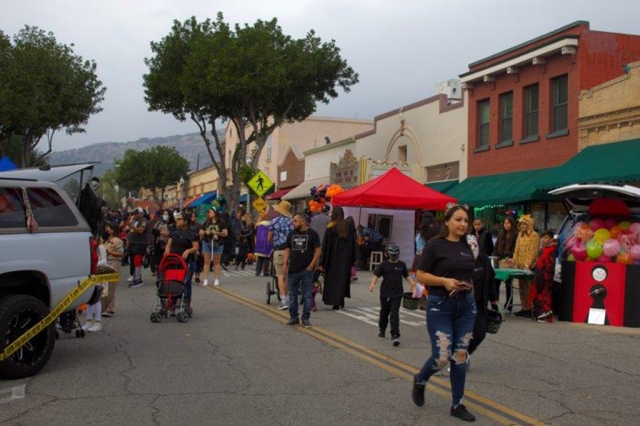 On Sunday, October 31st, on All Hollows Eve, the City of Fillmore hosted their 3rd annual Trunk or Treat event on Central Avenue. Car trunks were decorated by different clubs, groups, school clubs and more. From 5pm to 8pm the streets of downtown Fillmore were overrun by monsters, witches, hero’s, fire fighters, goblins, princesses and more to get their candy on All Hollows Eve. Photos courtesy Angel Esquivel-AE News. Enlarge Photo |
 On Saturday, October 30th, the City of Fillmore held a Steak Cook-off and Classic Car Show on Central Avenue. Enlarge Photo By Gazette Staff Writers — Wednesday, November 3rd, 2021
 Inset, event organizer Steve Conaway, Part Time BBQ Best, finished 6th in Steak B and 11th in Steak A. Enlarge Photo |
 The Cactus Patch School, circa 1879. As best as can be determined, this school was near the Candelaria Lane cul-de-sac, close to the river. Photos courtesy Fillmore History Museum. Enlarge Photo By Gazette Staff Writers — Wednesday, November 3rd, 2021
Courtesy Fillmore History Museum When the Fillmore Centennial Book was published in 1988 it devoted just one paragraph in the “Outlaying Areas” story to Tipperary. But it deserves a little more. You know the area today simply as North Fillmore but in the early part of the 20th century it was most often referred to as Tipperary.The location was part of the original Rancho Sespe which had been purchased from Mattie Mae Storke by the Sespe Land and Water Co. The history of the name is lost to time. However, former postmaster Joel Schwartz noted in his written reminiscences that this was Fillmore’s first subdivision and was nicknamed Tipperary by the residents. Perhaps it was because many of the early settlers there were Irish. One of the earliest problems in that area was a lack of water supply and its poor quality. Joel wrote a letter on behalf of the residents to Sacramento. Soon a representative of the California government arrived unannounced on the train to solve the problem. He was under the impression that Tipperary was a large apartment house called Tipperary Flats. He soon realized that Tipperary was simply a small local community. In any event, he soon solved the problem for the residents and departed by train back to Sacramento. Can you imagine such service by a state government today? North Fillmore is an area semidetached from Fillmore. It snuggles below the bluff where the high school athletic fields are located and stretches to the Sespe River on the west side. On the north, it ends where Goodenough Road rises up the hill and continues on to Condor country. On the south side North Fillmore is bounded by the railroad track. In the beginning it was home to orchards and a few scattered farm homes. It was also the location the 1879 Cactus Patch School. As best we can determine, this school was near the Candelaria Lane cul-de-sac very close to the river. In time North Fillmore became home to newcomers looking for lower cost lodgings. Many of these newcomers were refugees from the disastrous dustbowl period between 1930 and 1940. During the ten years of the Dustbowl about 3.5 million people left the Great Plains many of them moving to California and settling in places like Fillmore. There were also immigrants of Mexican descent looking fora community with an affordable place to call home. In addition to the homes there were churches, businesses and industry. It was home to the Mutual Orange Distributers (MOD) packing house which drew many of its employees from the area. That modernized plant still operates today as the Villa Park packing house. One of the primary businesses was the Hydrosulphosol plant located on 4th street. Hydrosulphosol was an effective “over the counter” burn ointment which was manufactured between 1946 and 1971. The product came to the notice of Elizabeth and Oliver Lientz whentheir daughter Betty suffered an eye injuryand the medication saved her eyesight. It was also used to great results during WWII to treat burns. Elizabeth and Oliver contacted the developer of the formula and then formed a company to produce and market the product. Eventually, daughter Betty took over the management of the company. At one point the product was also used by NASA for treatment of mild burns. But soon the FDA came calling and the product which had been used for years for treatment was removed from the market. The results of testing of the product can still be found on the internet. And, in all probability, old time residents of Fillmore still have a jar or two of the product in their medicine cabinets. In its heyday, there were three grocery stores serving the community, all located within a few blocks of each otherand all within walking distance of the homes. These were Chaney’s Trading Post on the corner of 4th and B St., the Sanitary Food Market at801 A St. which was first owned by Russell and Allah Day then owned by Delores Day, Fillmore’s first woman Mayor, and her husband, Traver. Finally there was Beaty’s Market at 763 B Street just south of Mountain Vista Elementary School. Two general merchandise stores still remain. “The Arbor” on 3rd St. in North Fillmore was a popular restaurant in the 30s and 40s. But you had to like chicken as it was the only dish on the menu. The Jehovah’s Witnesses Kingdom hall was on Fifth Street with a church built in 1975. The Church of the Nazarene was built in 1939 on Third Street and today it is The Faith Miracle and Revival Center. Today much of the community still provides affordable housing with narrow streets. Butrecently new housing developments and a new modern elementary school have been built between the original community and the river. North Fillmore has always been an important and integral part of the Fillmore community and will continue to grow and change as it meets the needs of its citizens. |
|
By Gazette Staff Writers — Wednesday, October 27th, 2021
 On Friday, October 22nd, the Fillmore Flashes played and defeated longtime rival Santa Paula 57 to 7 for the 110th meeting of the teams. Above are the Flashes celebrating after the big victory and hoisting the famous Leather Helmet which will be returning to Fillmore. The Flashes overall record is now 6-3, and 2-2 for League. Photos courtesy Crystal Gurrola. Enlarge Photo |



